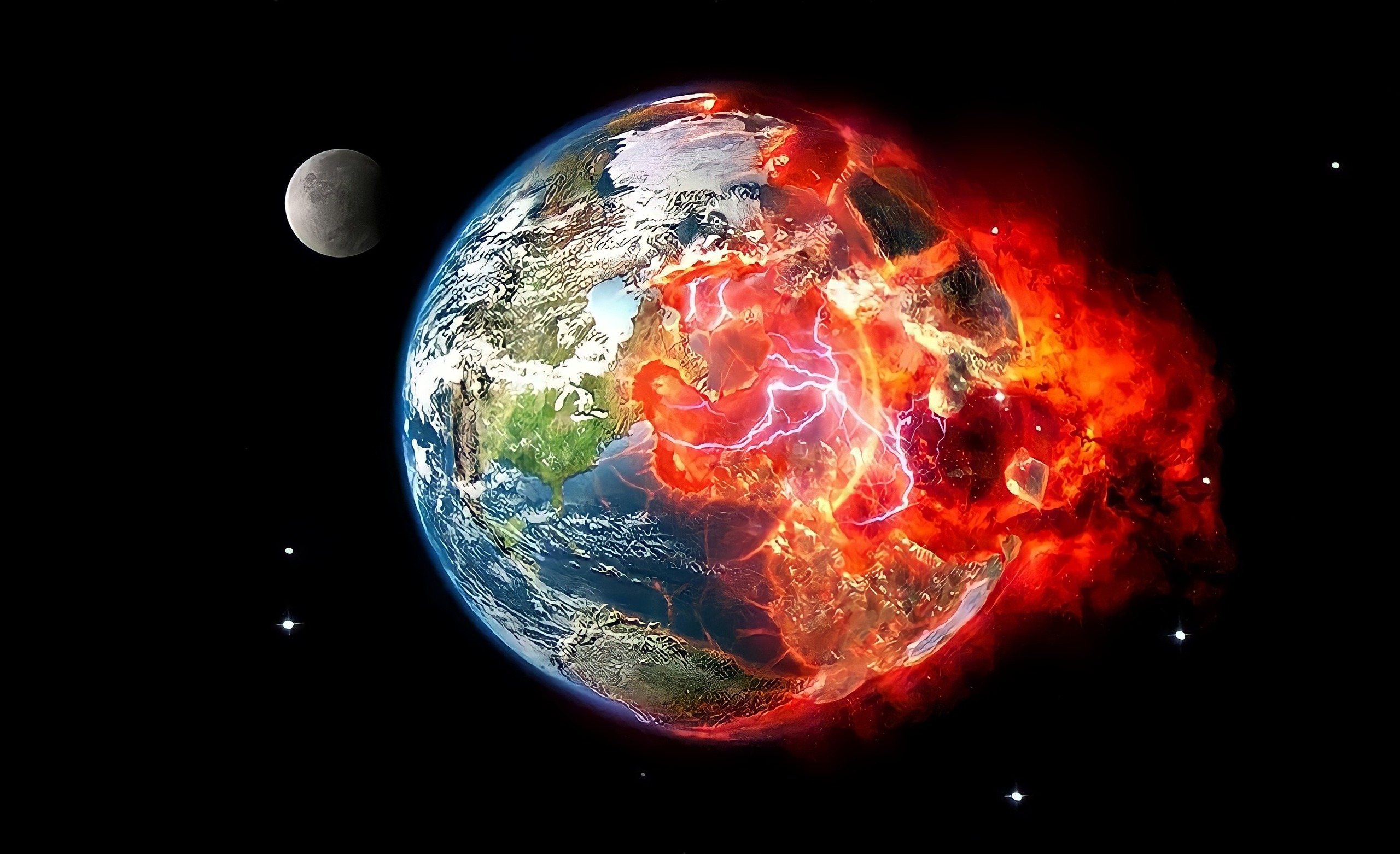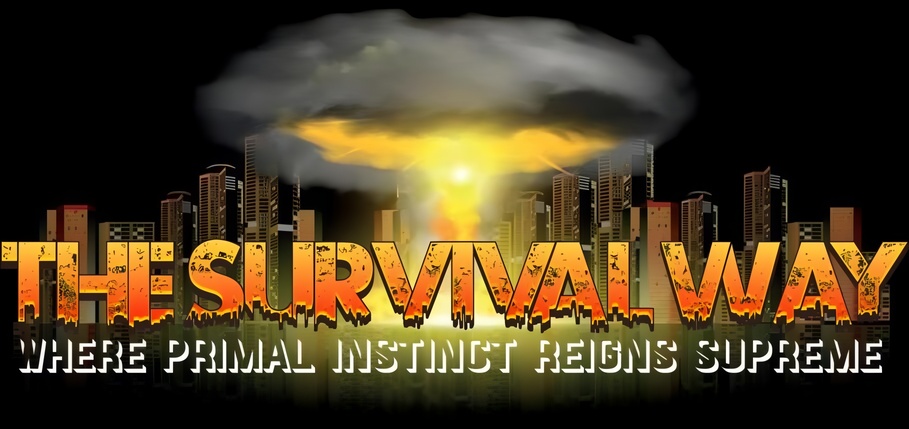
How To Survive The End Of The World
Welcome to our ultimate guide on how to survive the end of the world. For centuries, our imaginations have been captivated by such an inconceivable event. From ancient prophecies to modern-day films, doomsday scenarios are everywhere. But what if it actually happens? How would you cope?
As chaotic as it sounds, preparing for potential catastrophic events is not just the stuff of science fiction. It’s about taking practical steps to ensure your safety and well-being when faced with uncertainty. Whether it’s a natural disaster or an unforeseen crisis, knowing how to survive can mean the difference between life and death.
So let’s dive into this essential survival guide that equips you with strategies and skills on how to survive the end of the world—because being prepared is always better than being caught off guard!
Understanding Different Doomsday Scenarios
Doomsday scenarios come in many forms. Some are rooted in science, while others stem from ancient prophecies or fiction. From nuclear fallout to viral outbreaks, each scenario sparks a different kind of fear and urgency. Natural disasters like tsunamis and earthquakes remind us how fragile our existence is.
Climate change poses another threat with rising sea levels and extreme weather patterns becoming more common. Then there’s the asteroid impact—an event that could wipe out life as we know it in an instant. Cyber-attacks targeting essential infrastructure also present a modern twist on apocalyptic fears.
Understanding these scenarios helps us prepare mentally and physically. Knowledge becomes your ally when facing uncertainty. By assessing potential risks, you can create a roadmap for survival tailored to your environment and circumstances.
Preparing for Natural Disasters
Natural disasters can strike without warning. It’s crucial to be ready for any scenario that might unfold. Start by assessing the risks in your area. Are you prone to floods, earthquakes, or hurricanes? Knowing what to expect will help shape your preparations.
Gather essential supplies like water, non-perishable food, and a first-aid kit. Aim for at least a three-day supply for each person in your household. Don’t forget about medications and personal hygiene items. Create an emergency kit with flashlights, batteries, and multi-tools.
This can make all the difference when power is out or access is limited. Establish a communication plan with family members. Ensure everyone knows where to meet if separated during an emergency. Stay informed through local news channels or weather apps so you’re aware of impending threats as they develop. Being proactive can save lives when disaster strikes unexpectedly.
Stocking up on Survival Essentials
When preparing for any potential crisis, stocking up on survival essentials is crucial. Start with non-perishable food items. Canned goods, dried fruits, and grains provide sustenance without the need for refrigeration. Water is another priority.
Aim for at least a gallon per person daily. Consider investing in water purification methods too; they can make even the murkiest sources safe to drink. Don’t forget about first aid supplies. A well-stocked kit should include bandages, antiseptics, and medications tailored to your family’s needs.
Tools are vital as well—multi-tools and flashlights can be lifesavers when resources are limited or power fails. Think about warmth and shelter. Blankets designed for extreme conditions will keep you cozy during chilly nights outdoors or indoors if heating goes out.
Creating a Survival Plan & Emergency Contacts
Creating a survival plan can make all the difference when faced with uncertainty. Start by assessing your environment and potential threats. Identify safe zones, whether it’s your home or a nearby shelter. Next, establish communication channels with family and friends.
Share your survival plan with them so everyone knows what to do in an emergency. Designate meeting points where you can regroup if separated. Make a list of essential contacts, including local authorities and emergency services. Keep this information readily accessible on paper and digitally.
Consider different scenarios—natural disasters, civil unrest, or more extreme situations—and tailor your plan accordingly. Regularly review and update it as circumstances change. Testing the plan through drills ensures that everyone is prepared for real-life situations—it builds confidence too! With a solid strategy in place, you’ll be better equipped to handle whatever comes your way.
Learning Survival Skills & Self-Sufficiency
Survival skills are essential for navigating challenging times. Learning how to make fire, purify water, and identify edible plants can be lifesavers. Start with simple tasks. Practice building a shelter using natural materials.
This skill not only keeps you safe but also connects you with the environment. Consider taking a first aid course. Knowing how to treat injuries or illnesses is invaluable when help may not be available. Gardening is another vital skill.
Cultivating your own food fosters self-sufficiency and provides fresh produce all year round. Learn basic hunting or fishing techniques too. These activities can supplement your food supply in dire situations. Don’t overlook the importance of community resources either.
Local workshops often offer hands-on training in various survival skills, bringing together like-minded individuals who share knowledge and experiences that can benefit everyone involved.
Mental & Emotional Preparation for a Catastrophic Event
Mental and emotional preparation is key in facing catastrophic events. The mind can be as powerful as any tool when it comes to survival. Start by acknowledging your feelings. Fear, anxiety, and uncertainty are natural responses. Embrace them rather than suppressing them.
This acceptance creates a foundation for resilience. Visualization techniques can help too. Picture yourself navigating through various scenarios successfully. This mental rehearsal builds confidence and clarity around what you might face.
Establishing a support network also plays a crucial role. Connect with others who share similar concerns or interests in preparedness. These connections can provide comfort during tough times. Practice mindfulness or meditation regularly.
Techniques like deep breathing help ground you amidst chaos, allowing clearer thinking when it matters most. Adapting emotionally is just as essential as physical readiness; one complements the other beautifully.
Conclusion: Hope & Resilience in Uncertain Times
As we navigate the uncertainty of life, the importance of hope and resilience cannot be overstated. In times of potential crisis, it’s easy to feel overwhelmed. However, maintaining a positive mindset can make all the difference.
Hope fuels our desire to survive and thrive against adversity. It reminds us that even in dark moments, there is light ahead. Resilience helps us bounce back when faced with challenges. Together, these qualities empower us to face whatever may come our way.
Embracing a proactive approach fosters not just survival skills but also emotional strength. Building connections with others provides support during difficult times. Sharing knowledge about preparedness creates a community ready for anything.
While it’s crucial to prepare for various scenarios, never underestimate the power of your spirit and resolve in overcoming obstacles. Whether facing natural disasters or societal changes, remember that your mindset plays an essential role in your survival journey.
When confronting fears about what lies ahead, cultivate hope within yourself and those around you. It strengthens bonds and encourages collective resilience—essential tools as we adapt to an ever-changing world filled with uncertainties.



